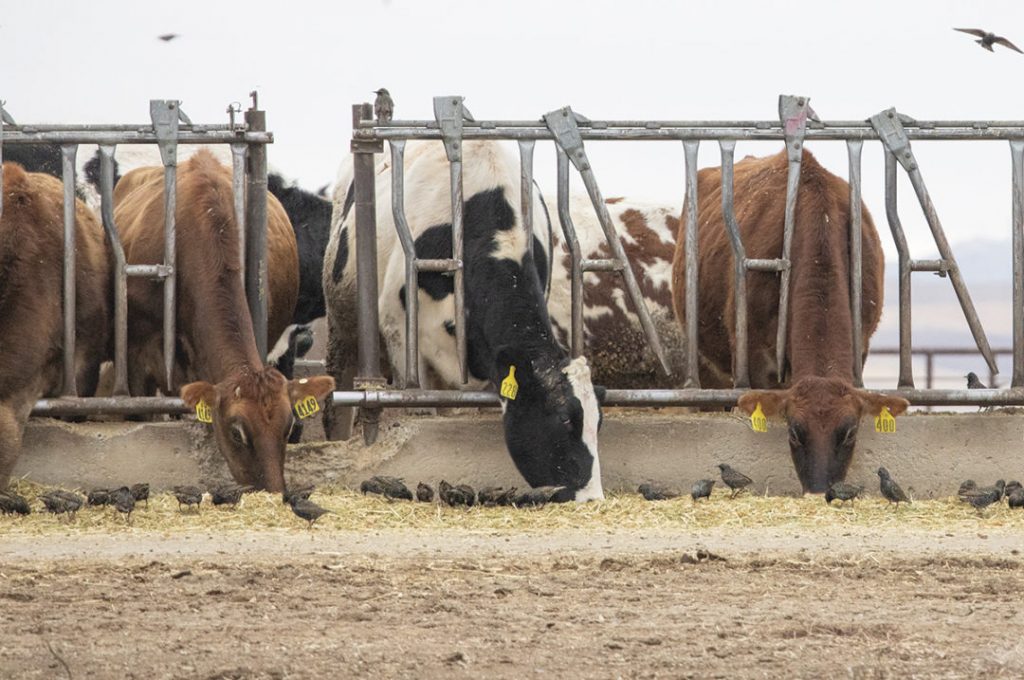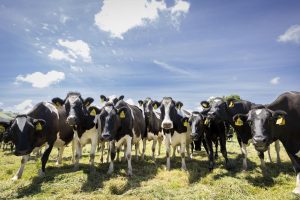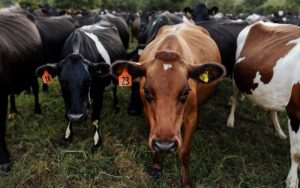
By Cristina Alvarado, commercial manager, data and insight at NZX
During April, all major dairy regions globally witnessed various dynamics at play. This was comprised by a change of direction in dairy commodity prices on the Global Dairy Trade (GDT) platform. Meanwhile, production results continued to vary across countries as did the international dairy trade movement.
On GDT in April, we were witnesses again to the industry’s volatile nature. While March saw the end to seven consecutive GDT index price increases, April bucked the downward trend with a 2.8% and 0.1% index growth in events 353 and 354 respectively.
Although the following GDT Pulse auctions showed softening in prices for SMP and WMP, May’s first GDT event, 355, had all products’ indices going up (except for lactose), with an overall GDT price index of +1.8% and greater demand coming from the southeast Asian/Oceania region for most products.
New Zealand’s latest milk production figures for March showed a year-on-year -1.2% drop on milksolids basis and a drop of -3.5% on a tonnage basis with 1,752,000 tonnes produced.
This was close to our own NZX milk production predictor, which anticipated a -1.6% decline on a milksolids basis. Looking ahead, the NZX predictor is anticipating declines of -1.1% and -5.3% for April and May respectively – but a 0.6% YoY increase for the full season, subject to on the ground conditions.
On a global production scale, some regions continue to have some challenges in their production. While the United States witnessed a decline in March’s milk production of -1.1% YoY, the spread of avian flu has posed a slight impact on milk production.
Despite outbreaks impacting 5% to 20% of cows in affected herds, recovery typically occurs within 10 to 20 days, with the affected cows experiencing a milk output decrease ranging from 10% to 20%. The FDA’s confirmation of milk safety post-pasteurisation should alleviate health concerns for consumers.
Uruguay, after reporting YoY growth in its milk production for five consecutive months, has reported its first YoY drop in March with -0.36%. Argentina continues to report YoY drops with a -14.3% YoY decrease in March.
Contrastingly, Europe reported an increase in its February production of 0.5% YoY (Leap Year adjusted) as it approaches seasonal production peak. Australia reported a YoY growth of 2.8% for March, and year-to-date (YTD) 3.1% increase, showing a recovery from its lower-than-normal 2022/23 season.
For trade, New Zealand has seen consecutive YoY growth in dairy trade volumes exported three months in a row, with the latest trade data for March showing an increase of 7.1%, cumulating to 13.1% in the year to date (YTD).
However, the softening of global dairy commodity prices in March – particularly milk powders – saw the value of these exports drop -3.4% YoY and -3.1% YTD. This is largely attributed to weaker demand for WMP by China, whose WMP imports dropped -16% in March.
Despite the drop in value, NZ WMP exports alone rose 21%, with other regions absorbing the supply, especially within the Middle East, where exports were up 121% YoY from NZ in March.
US and Australia’s dairy exports in February increased YoY by 9% and 39% respectively, while for the EU27 + UK and Turkey, exports declined by -4% and in Argentina for March decreased by -1%.
Despite all the diverse elements at play in the dairy industry with a range of production and trade trends and varying commodity prices, NZ is heading to an end of season with positive numbers overall in mostly steady to positive milk production and increasing exports volume.
But if NZ is to stay competitive in dairy on the trade front, it will need to continue diversifying both its product and destination mix to ensure ongoing resilience in the industry.
You can now read the most important #news on #eDairyNews #Whatsapp channels!!!
🇺🇸 eDairy News INGLÊS: https://whatsapp.com/channel/0029VaKsjzGDTkJyIN6hcP1K

























